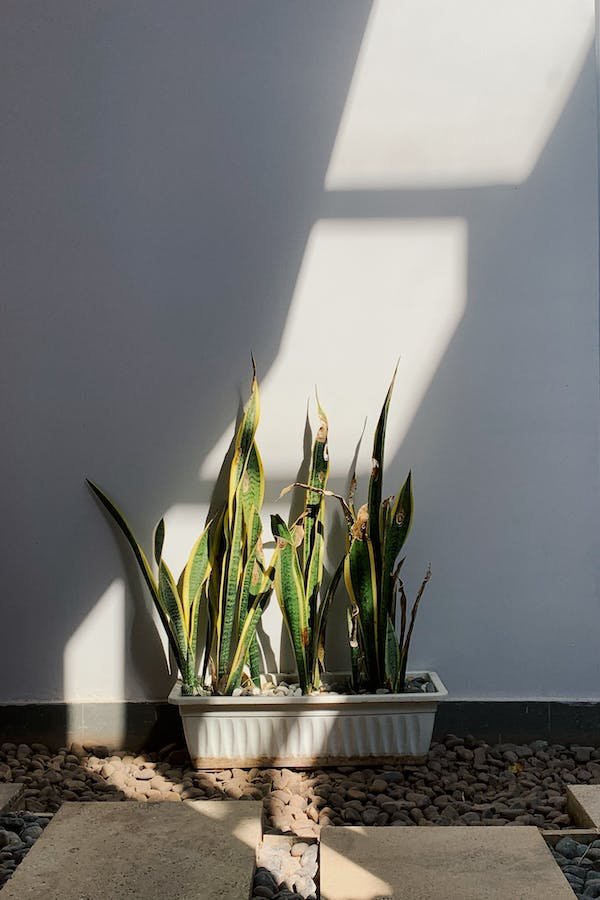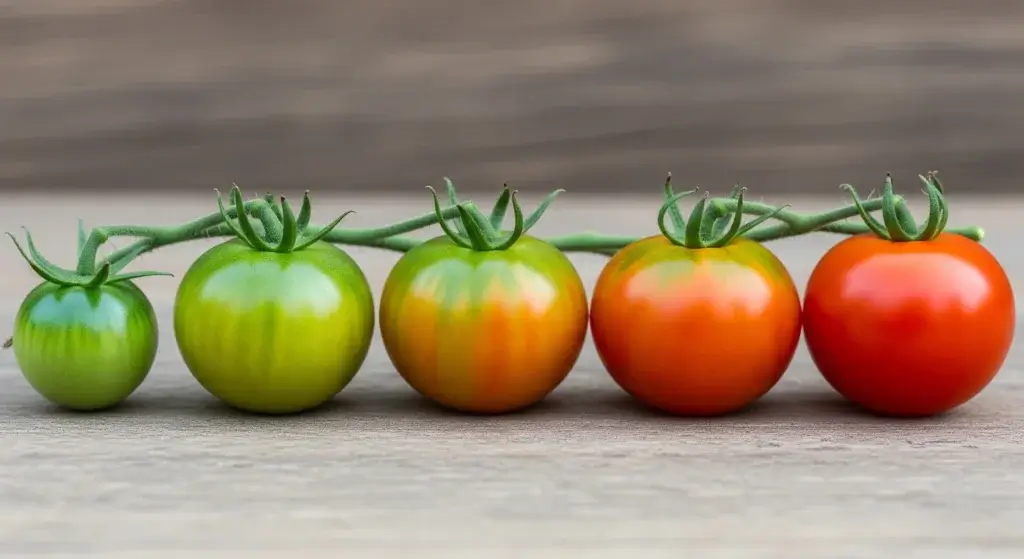
The snake plant, admired for its durability and minimal upkeep, is a favored option for homes and offices.
Despite its hardiness, snake plant owners often worry about curled leaves.
Identifying the potential reasons behind this issue is essential for revitalizing your plant’s vitality and aesthetics.
Gain insights into the common causes and restore your snake plant to its optimal health and beauty.
What are the Causes of Curling Leaves in Snake Plants?
Overwatering
As plant enthusiasts, we shower our snake plants with love, but too much of a good thing can be detrimental.
Overwatering is a common culprit behind curled leaves in snake plants.
The excess moisture in the soil creates a breeding ground for root rot, hindering the plant’s ability to absorb essential nutrients.
Keep a watchful eye on your watering routine to ensure your snake plant thrives without drowning.
- Read also: Snake Plant Care Indoor for Thriving Bliss
- Read also: Snake Plant Leaves Turning Yellow
Underwatering
On the flip side, neglecting hydration needs can also lead to curled leaves.
When a snake plant doesn’t receive adequate water, it conserves moisture by curling its leaves.
To prevent this, establish a consistent watering schedule, allowing the soil to dry out between waterings.
Striking the right balance ensures your snake plant stays hydrated without compromising its leaf structure.
Light issues
Snake plants are the epitome of adaptability, but even they have their limits when it comes to light.
While they thrive in indirect sunlight, too much or too little light can induce stress, evident in curled leaves.
Assess your plant’s environment and adjust its placement accordingly.
Providing the right amount of indirect light ensures your snake plant maintains its robust and upright appearance.
Temperature extremes
Snake plants, originating from tropical regions, thrive in temperatures ranging from 65 to 85 degrees Fahrenheit.
Placing them in environments with temperatures below 60 degrees exposes them to the risk of cold damage, resulting in curled and drooping leaves.
On the other end of the spectrum, exposure to temperatures exceeding 85 degrees can lead to dehydration, causing the leaves to curl.
Pests and disease
Uninvited guests like spider mites or mealybugs can turn your plant haven into a battleground, stressing the snake plant and leading to curled leaves.
Regularly inspect your plant for signs of pests and take prompt action to address the issue.
While diseases affecting snake plants are rare, they can also contribute to leaf curling.
Maintain a vigilant eye on your plant’s overall well-being to ensure a thriving and disease-free environment.

How do You Fix Curling Snake Plant Leaves?
Adjust watering
Begin by allowing the soil to thoroughly dry out between watering sessions.
Snake plants prefer a balanced moisture level, so ensure proper drainage to prevent waterlogged conditions.
Tailor your watering schedule to the plant’s specific needs and the surrounding environmental conditions.
By finding the right balance, you foster an optimal root environment and help alleviate the stress causing leaf curling.
Correct light exposure
Evaluate your snake plant’s current lighting situation.
For these adaptable plants, indirect sunlight is key.
If your plant is not receiving sufficient light, consider relocating it to a brighter spot while avoiding direct sunlight, which can contribute to leaf stress.
A well-lit but shaded area ensures your snake plant receives the light it needs without succumbing to excessive exposure.
Temperature control
Maintain a stable temperature environment for your snake plant.
Shield it from drafts and sudden temperature fluctuations, especially during colder months.
If your plant resides near windows in winter, ensure they are adequately insulated to prevent chilly exposure.
Consistency in temperature creates a comfortable setting for your snake plant to thrive, reducing the likelihood of leaf curling.
Inspect for pests
Regularly inspect both the leaves and soil for signs of pests.
Unwanted visitors like spider mites or mealybugs can stress your plant, leading to curled leaves.
If you detect any intruders, treat your plant with a mild insecticidal soap or neem oil, providing a natural deterrent without causing harm to your snake plant.
Vigilance in pest management contributes to the overall health of your plant.
Prune damaged leaves
To encourage new growth and maintain the plant’s aesthetic appeal, carefully prune away curled or damaged leaves.
Use clean, sharp scissors or pruning shears to minimize stress on the plant.
By removing compromised foliage, you redirect the plant’s energy towards healthier growth and rejuvenation.
- Read also: Mint Plant Watering for Explosive Growth
- Read also: The Ultimate Aloe Plant Watering Care Guide

Conclusion
The curled leaves of your snake plant serve as a distress signal, indicating an issue that can be resolved, not a permanent setback.
To revive your green companion, delve into the root causes, be it overwatering, underwatering, light discrepancies, temperature extremes, or pest-related stressors.
Keep in mind that plants communicate through their leaves, and deciphering this language allows you to administer the precise care needed for rejuvenation.
Your snake plant’s resilience is remarkable, and with a thoughtful response to its distress signal, you pave the way for its renewed health and flourishing vitality.
FAQs
Yes, snake plants can recover from overwatering if the issue is addressed promptly. Allow the soil to dry out and adjust your watering routine to prevent future occurrences.
Water your snake plant when the top inch of the soil feels dry. Frequency may vary based on environmental conditions, so always check the soil moisture before watering.
Yes, placing a humidifier near your snake plant can help create a more favorable environment, especially in dry conditions. However, ensure proper ventilation to prevent excess humidity.



